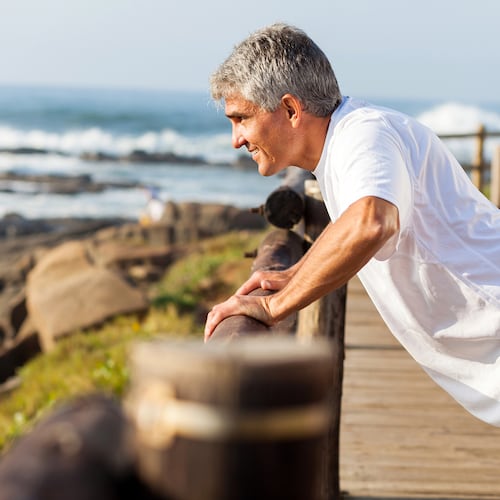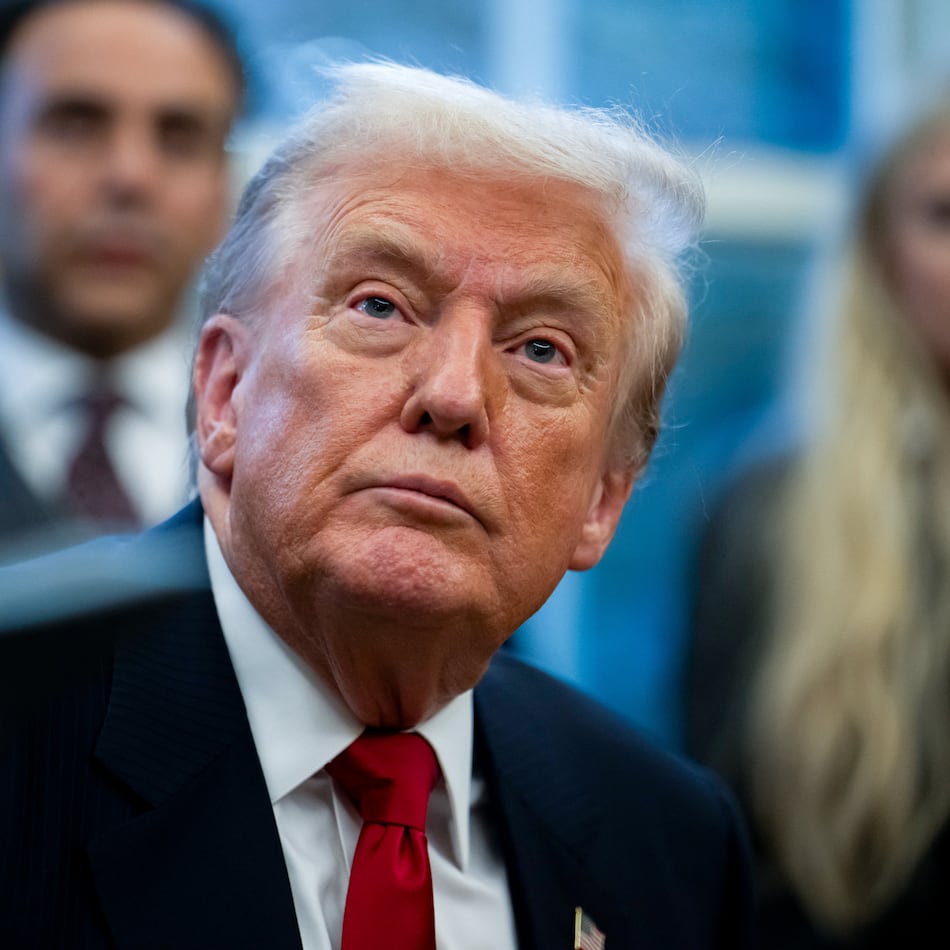We know we’re supposed to wear sunscreen whenever we go outside, but some of us need a reminder — such as a sunburn from driving four hours with your arm out the car window.
Not all sunscreens are created equal, however, and Consumer Reports put 48 of them to test to determine which offer the best protections. Three lotions and two sprays scored well enough to be recommended, while a few others provided adequate protection.
“Keep in mind, though, that using any sunscreen on exposed skin is better than no sunscreen when you’re spending time outdoors,” Consumer Reports wrote.
In 2019, the latest year for which incidence data are available, the Atlanta-based Centers for Disease Control and Prevention reported melanomas of the skin were the fifth most common form of cancer in Georgia, with a rate of 25.4 per 100,000 people.
Although Consumer Reports models its testing protocols on the one the Food and Drug Administration requires sunscreen manufacturers to use, it develops its own methodology to identify differences in performance and give consumers a comparative evaluation.
“We buy the sunscreens for our tests off the shelf, the way consumers would,” said Susan Booth, the project leader for sunscreen testing. “We use three samples, preferably with different lot numbers, of each product.” All the products were tested for SPF and UVA protection.
To check SPF, a standard amount of sunscreen was applied to a 2x3-inch spot on panelists’ backs. After the participants soaked in water, smaller sections of the sunscreen area were exposed to five to six intensities of UV light from a sun simulator. The resulting SPF ratings — excellent to poor — reflected each product’s effectiveness after water immersion and were based on an average of Consumer Reports’results for each sunscreen. A score for variation from SPF — which measured how closely a sunscreen’s tested SPF matched the SPF on the label — was also assigned.
“To test for UVA protection, we smear sunscreen on plastic plates, pass UV light through, and measure the amount of UVA and UVB rays that are absorbed. That information is used to calculate our UVA score,” Consumer Reports wrote.
So, which sunscreens rated high enough to be recommended in 2023?
Lotion sunscreens
The least expensive product Consumer Reports recommended was Equate (Walmart) Ultra Lotion SPF 50, which is only $5.35 for an 8 ounce bottle.
Quite a bit higher on the price scale was Kiehl’s Activated Sun Protector Lotion SPF 30, which costs $32.
If you have a few more dollars to spend, try La Roche-Posay Anthelios Melt-In Milk Lotion SPF 60, with a price range of $35-$37.99.
Spray sunscreens
The two sprays on the recommended list were Sun Bum Spray SPF 50 ($17 on Amazon.com) and Trader Joe’s Spray SPF 50+ ($7 on Amazon.com).
About the Author
The Latest
Featured


